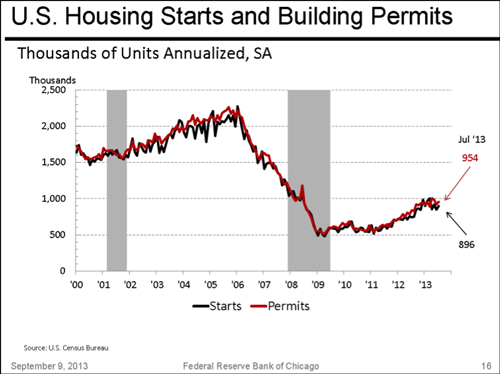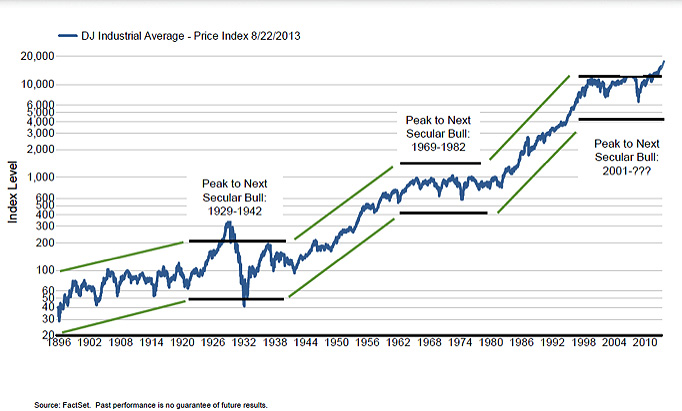There is so much information out there for women about investing … news stories, case studies, research reports, white papers and books try to answer common investment questions. But this well-intentioned information should come with a warning label: Lumping women investors together in one big category is a cliché’ to be avoided at all costs.
Similar But Not the Same
While the similarities among women investors can be significant, cookie cutter advice is not specific enough to rely on over the long term. Over the last 20 years I have had the pleasure of working with many women with backgrounds as diverse as snowflakes. A couple of common themes I see working with women investors is a high degree of importance placed on the personal connection with an advisor, and an intuitive sense that links investment decisions to heartfelt priorities including family and charitable causes.
Differences Abound
Differences are also abundant and unique to each individual. For example, a woman in her 50’s who is immersed in her career and has launched children is in a different place than a woman who is recently widowed or divorced. Even women who have achieved similar career goals cannot be lumped together. Some have built investment savvy along the way and some have not. The real work begins with the discovery of how each woman investor is different from other women even when they share general characteristics.
Creating Your Vision
Discovery starts with a personal vision that is linked to your unique financial life planning. Vision implies you have a view of exactly where you want to go and you chart a course accordingly. It’s like plotting a journey on a map – straightforward with no distractions or alternate routes. The reality is that, for many women, the vision diverges into quite a lot of directions. It is at these points where the advisor you work with really can make a difference.
Hitting mile markers where life and money intersect including career changes, divorce, loss of a spouse or retirement are all opportunities to regroup resources, refocus on the vision, and move forward with plans for the future. Avoiding clichés associated with being a woman investor is an important part of the process.
Laurie Renchik, CFP®, MBA is a Senior Financial Planner at Center for Financial Planning, Inc. In addition to working with women who are in the midst of a transition (career change, receiving an inheritance, losing a life partner, divorce or remarriage), Laurie works with clients who are planning for retirement. Laurie was named to the 2013 Five Star Wealth Managers list in Detroit Hour magazine, is a member of the Leadership Oakland Alumni Association and in addition to her frequent contributions to Money Centered, she manages and is a frequent contributor to Center Connections at The Center.
Five Star Award is based on advisor being credentialed as an investment advisory representative (IAR), a FINRA registered representative, a CPA or a licensed attorney, including education and professional designations, actively employed in the industry for five years, favorable regulatory and complaint history review, fulfillment of firm review based on internal firm standards, accepting new clients, one- and five-year client retention rates, non-institutional discretionary and/or non-discretionary client assets administered, number of client households served.
Any opinions are those of Center for Financial Planning, Inc., and not necessary those of Raymond James. #C13-002513


























